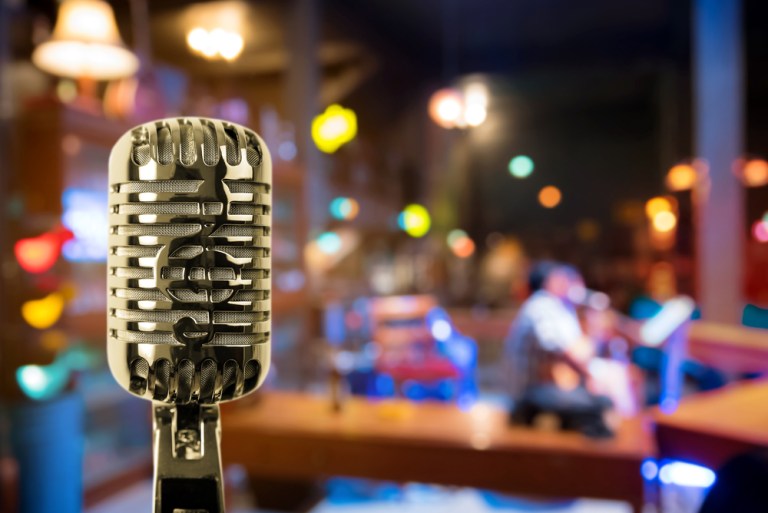Enticing Millennials With Experiences Using ‘Neighborhood Goods’

The old model of opening a retail store with merchandise as a main focus of the space may not appeal to today’s consumers – millennials in particular. This generation values experiences, not just tangible goods. They are also an experimental bunch, with 30 percent of them having tried a new merchant in the past month, according to the PYMNTS Connected Consumer Playbook. Against this backdrop, a new generation of stores like Neighborhood Goods is taking hold. These stores are relying on restaurants, bars, guest speakers and self-service technology to draw in customers in lieu of sales signs and deep discounts.
The idea is to create a space that feels special, that generates loyalty and encourages customers to come back and spend some time. In addition, these spaces provide restaurants and bars so consumers can grab a bite or enjoy a drink as they shop for the latest trends. The Neighborhood Goods store slated to open this fall in Plano, Texas, for example, will have a bar and restaurant in the center of its space. Before customers reach that space, they’ll walk through an open social area that can host functions, live music events – or even be the location for a live podcast.
The strategy of stores such as Neighborhood Goods is to open stores in smaller cities such as Plano, rather than following the digital native playbook of typically opening in San Francisco, New York or Los Angeles. “The opportunity is us to open in some of these unexpected locations,” Neighborhood Goods CEO and Founder Matt Alexander told PYMNTS.com in an interview. Cities such as Plano hold promise for retail, for example, as they are fast-growing locations with many employers. “The general area has an unbelievable density of upwardly mobile professional men and women,” Alexander said of Plano. In general, he said, many brands find the Dallas-Fort Worth area to be among their top cities, and markets such as Plano are less costly to open in than those larger cities.
In terms of customer experiences, Alexander doesn’t think that customers are looking to “traverse huge amounts of space.” They’re looking for curated and specific experiences, he said. To that end, stores like Neighborhood Goods are not opening large venues as conventional department stores do. Kohl’s stores, for example, can be 100,000 square feet, but stores like Neighborhood Goods are different, with a footprint of only 13,000 square feet. Even so, Alexander hasn’t written off having a larger store in the future – but 13,000 square feet is a good starting point, he said.
The omnichannel experience
These non-traditional stores are also going omnichannel: On the same day that Neighborhood Goods’ brick-and-mortar retail store opens its doors, the company will launch web and mobile channels as well. And they’re using existing platforms to do so: most of Neighborhoods’ Goods systems will run on Shopify, for example. Within the store, customers will be able use self-checkout and the retailer plans to leverage location data so that customers sitting at the restaurant can even order a pair of shoes to be delivered to their tables.
And this new breed of retail seeks to learn from at least one of the retail mistakes of the past — remaining complacent and ignoring opportunities to innovate. “For us, we have to be mindful of that and remain open to opportunities,” Alexander said, adding that the company has to be continually open to testing new ideas. Stores such as Neighborhoods Goods are opening as consumers still visit brick-and-mortar stores to help make their purchasing decisions. According to the PYMNTS Omni Usage Index, 30 percent of mass merchant consumers weren’t sure of the products they wanted so they went to a store to view the merchandise and make a purchase. With this new model of retail experience, they might stay to watch a speaker or a live music show, too.